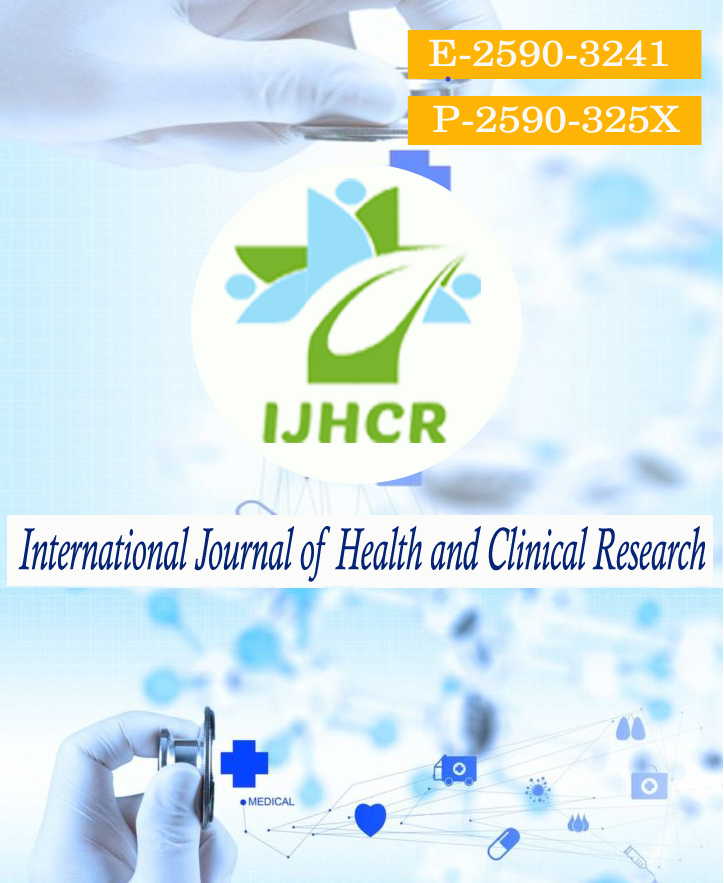Diagnostic challenges during recognition of isolated posterior wall myocardial infarction
Keywords:
Isolated posterior wall MI, R wave in v1,v2,ST depression in v2,v3,posterior leadsAbstract
Introduction:Patients with isolated PMI is most often misdiagnosed as anterior subendocardial ischemia and get deprived of emergent reperfusion therapy. Therefore patients with PMI often presents with dreadful complications like acute ischemic MR,LVF,leading to higher mortality equivalent to anterior wall MI despite normal or borderline EF. Therefore a qualitative analytic study was conducted after collecting and compiling related literatures and guidelines to derive a conclusion about early and accurate diagnosis of isolated PMI. During analysis we obtained useful information as described below. Prominent R wave in V1-V2 takes averagely 33 hours to develop after onset of symptom, therefore it is unobserved in early golden hour of PMI. However it was included as a sign of acute myocardial ischemia in a recent guideline.As precordial ST depression is the one and only important electrocardiographic signs in early golden hours of PMI,therefore above ECG changes most often misdiagnosed as anterior subendocardial ischemia. Most of the important guidelines considers only isolated pattern ST depression (≥ 0.5 mm) as isolated posterior wall MI. Whereas diffuse pattern(v1-v6) is the common pattern in isolated PMI, therefore such pattern most often misdiagnosed as subendocardial ischemia. As ST depression in V2,V3 is a specific marker of PMI, therefore diffuse patterns with maximal ST depression in V2,V3 may be considered as a criteria for PMI .Guidelines suggests recording of posterior leads in patients with ACS with ST depression (≥0.5 mm) or non-diagnostic ECG changes in right anterior precordial leads in an attempt to fit PMI into ST elevation criteria of STEMI paradigm , whereas the same was not practiced most often by training or resident physicians due to lack of knowledge and awareness. However recent OMI paradigm,which is superior to STEMI paradigm in terms of accuracy,does not strictly considers ST elevation criteria for emergent reperfusion therapy, when ECG entity firmly concludes acute coronary occlusion. Conclusion: Presence of R wave in V1,V2 is a late evolved electrocardiographic sign of PMI and it doesn’t warrants emergent reperfusion therapy.Isolated (v1-v3 ) or diffuse (v1-v6) pattern with maximal ST depression (≥0.5 mm) in V2,V3 is a specific electrocardiographic sign of acute or hyper-acute posterior wall MI and seeks emergent reperfusion therapy . Whereas non diagnostic ECG like minuscule ST depression (< 0.5 mm ) in anterior precordial leads can represent isolated posterior wall MI and may require further confirmation by screening echocardiography or recording posterior leads .
Downloads
Published
How to Cite
Issue
Section
License
Copyright (c) 2021 Sibaram Panda, Sunil Kumar Sharma, Suresh Chandra Sahoo

This work is licensed under a Creative Commons Attribution 4.0 International License.






 All articles published in International Journal of Health and Clinical Research are licensed under a
All articles published in International Journal of Health and Clinical Research are licensed under a 